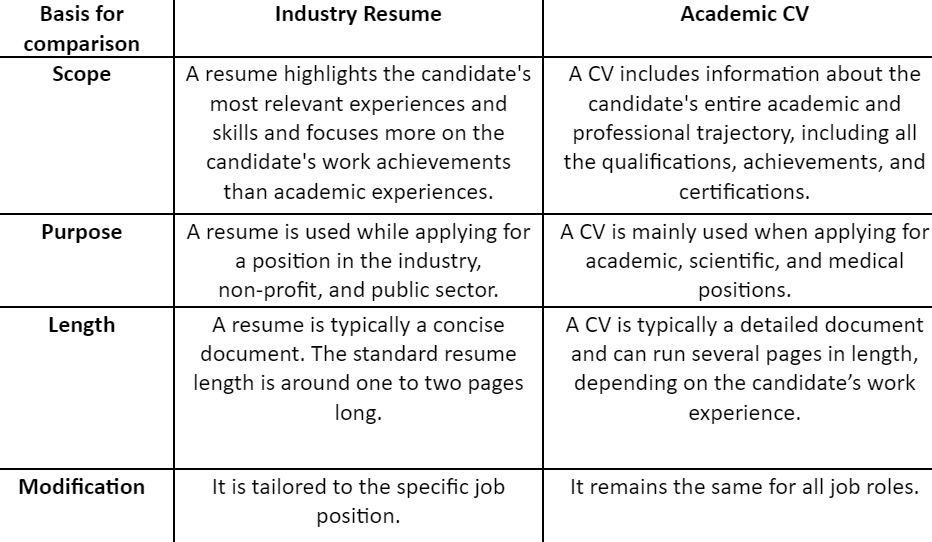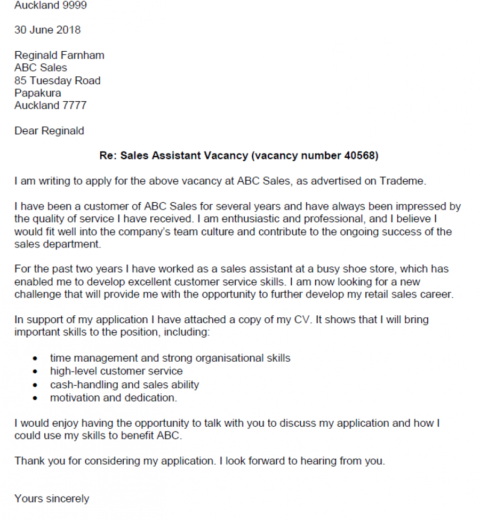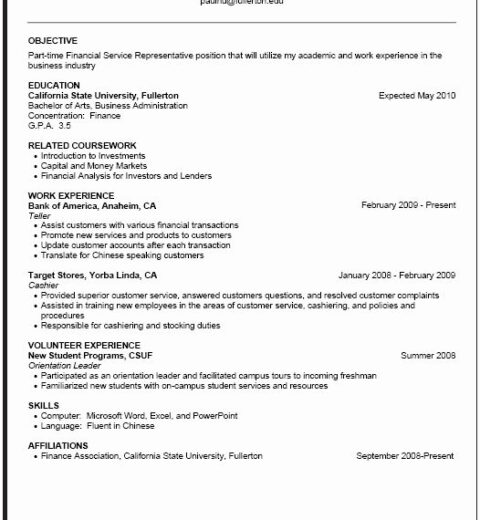The terms “CV” (Curriculum Vitae) and “resume” are often used interchangeably, yet they signify distinct formats and serve different purposes in the landscape of job applications. Understanding the nuances between these two documents can profoundly impact a candidate’s job hunt, offering clarity on how to effectively present one’s qualifications in a competitive job market.
To begin with, let’s delve into the definitions. A CV is a comprehensive document that encapsulates the entirety of an individual’s academic and professional history. It is typically more extensive than a resume, encompassing varied sections such as education, research experience, publications, presentations, awards, and professional affiliations. A CV is generally used in academic, educational, or research positions, where detailed accounts of one’s scholarly endeavors are imperative.
In contrast, a resume is a succinct summary of an individual’s work experience, skills, and education. Crafted specifically for a particular job application, resumes emphasize relevance and brevity. Typically confined to one or two pages, resumes provide a snapshot of a candidate’s qualifications, tailored to align with the job description, thus allowing hiring managers to quickly ascertain the suitability of an applicant.
One key distinction lies in the length and breadth of content. CVs can be several pages long, and there isn’t a strict limitation on their length. This format allows for a thorough examination of one’s career trajectory, especially in instances such as academia, where thorough documentation of all achievements is often expected. Conversely, resumes prioritize conciseness and relevance, tailored particularly for the role at hand, which obliges candidates to distill their experiences down to succinct bullet points and statements.
Furthermore, the structural configuration of both documents presents another point of differentiation. A CV generally follows a chronological format, outlining one’s career journey from education and qualifications to current job roles. Each segment is predetermined; it might include sections like “Publications,” “Certifications,” “Skills,” and “Professional Affiliations.” This structured nature enables scholars and professionals in academia to showcase their substantial accomplishments without omitting critical information.
Resumes, on the other hand, can adopt various formats: chronological, functional, or a combination of both. The chronological structure lists experiences in reverse order, primarily focusing on employment history. A functional resume centers on skills and competencies, which is particularly beneficial for individuals changing careers or with gaps in their employment history. The flexibility inherent in resume formatting caters to the vast diversity of job markets, allowing candidates to emphasize aspects of their experience that align best with prospective employers’ demands.
As job seekers navigate their options between a CV and a resume, context plays a pivotal role. In the United States and Canada, resumes are standard for most industries, while CVs find their primary utilization within academia, healthcare, and research-based fields. Conversely, in the European context, the term “CV” is widely accepted as the standard job application document, often irrespective of the industry. Understanding these geographical distinctions can significantly influence the direction of a job search.
Another dimension to consider is the target audience. Resumes are typically catered to hiring managers who may have an extensive pool of candidates to sift through. In this scenario, clarity and direct relevance to the position become crucial. Conversely, CVs are often scrutinized by academic committees or hiring panels that may value depth and breadth of experience over brevity.
The question inevitably arises: which document do you need for your next application? The answer is intricately tied to your professional aspirations and the context in which you are applying. If you are pursuing a position in academia or a research-intensive field, a CV will furnish you with the platform to fully articulate your scholarly contributions and experience. However, if you are entering or transitioning within a competitive corporate landscape, a well-crafted resume will articulate your qualifications in a manner that resonates with hiring managers looking for succinctness and direct applicability.
When crafting either a CV or a resume, strategies such as tailoring content to align with the job description, utilizing effective language, and implementing keywords from the job posting can enhance your document’s efficacy. This alignment is crucial in ensuring that systems for initial candidate screening, such as Applicant Tracking Systems (ATS), recognize the appropriateness of your application. Moreover, attention to detail, clarity in formatting, and elimination of any typographical errors are paramount in conveying professionalism.
In summary, while CVs and resumes serve the foundational purpose of documenting qualifications, their varying lengths, structures, audience expectations, and contextual uses cannot be overlooked. By deciphering the appropriate format for your career stage and aspirations, you position yourself more favorably in the job market. As you navigate this landscape, remember that the ultimate goal is to present a compelling narrative of your professional journey—one that resonates with your potential employer and emphasizes your fit for the role you seek.
In conclusion, the distinction between a CV and a resume is not merely lexical; it is fundamental to how you position yourself as a candidate. Each serves its purpose effectively when crafted thoughtfully and strategically. Understanding when to deploy each format can mean the difference between landing the coveted interview and being lost amongst countless applications.




